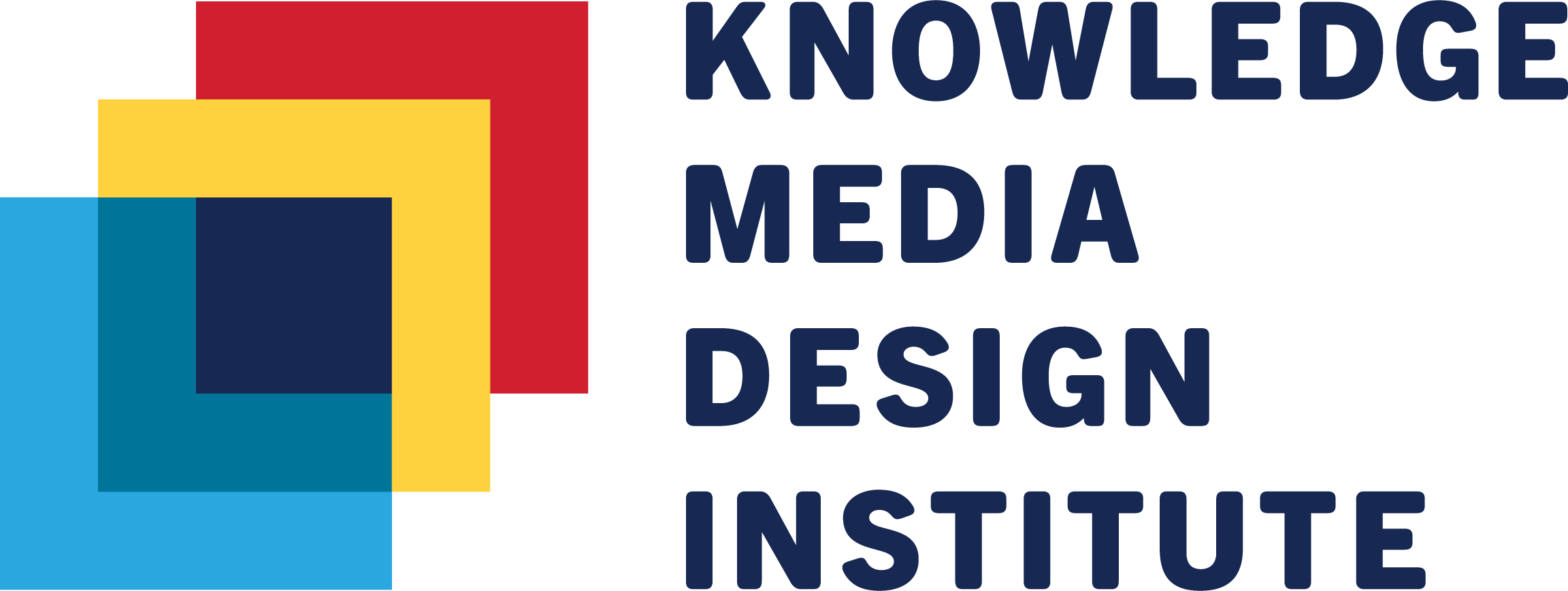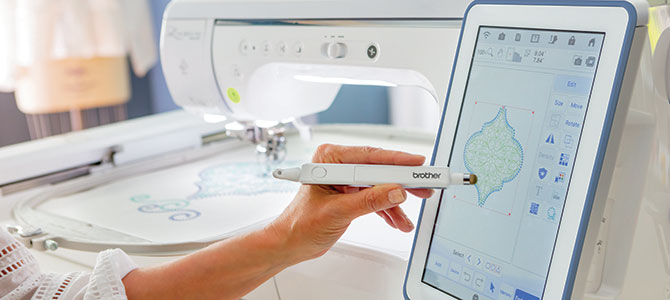Everyone here has encountered embroidery in one way or another. Your favorite athletic jersey, a company branded t-shirt or a cultural outfit carrying some historic value. Embroidery as a craft dates back centuries across cultures. It is used to decorate or give a special meaning that can be expressed in clothing and garments. That significance or meaning, be it words or symbols, is even more apparent when displayed in religious, cultural and/or artistic creations. Embroidered fabrics tell stories through their stitching. Historically embroidery proved to provide insight into the lives of people who were marginalized in prior centuries. Through embroidery these people became: communicators, writers, and artisans simultaneously, despite a lack of formal education or training. Embroidery is a communication medium for everyone through art and skilled craft. It was even used by feminist artists such as Judy Chicago in the 70s as a form of expression.
“To take up the needle is to reclaim our histories of anonymous, poorly paid and unpaid female craft, garment labor and piece work.”
– E. Tammy Kim, Feminist and NYT Journalist
Although there are a multitude of materials and techniques for embroidery, it has stayed consistent throughout its use. In its simplest form hand embroidery uses a thread and needle but, you can use different materials like yarn, pearls, or gold to create a more lavish look. As technology developed and the industrial revolution came, mass production and development of machine embroidery began. During the late 19th century the hand embroidery machine was widely used in the Swiss embroidery industry. This machine was a large hand-operated stitching machine somewhat similar to the loom. Since the embroidery machine required the stitcher’s manual labour and skill to be functional it was a highly specialized tool for art and industry. As an art form, embroidery still requires a significant level of manual labor and creative vision to create detailed art pieces.
The hand embroidery machine was later replaced by the Schiffli embroidery machine, also from Switzerland. The Schiffli was fully automated which reduced the need for manual skill. Today, modern embroidery trends rely on Digital Embroidery Machines that use design patterns digitized by embroidery software. These machines create more intricate patterns, designs and mass production of embroidered products. The products range from embedded logos and monograms on business and team uniforms, to decorated household items that emphasize diverse cultures. However, despite the digitization and modern spread of embroidery, the traditional fabric and material-based storytelling continues. Even in the most technologically advanced places, like NASA, embroidery plays an important narrative role.
“They [NASA] have a mission patch for everything, and those mission patches are the most iconic use of embroidery. So much history and importance is associated with a simple embroidered patch” – Lois Holman
Digital embroidery software converts a digital image into a stitch pattern that can be read by an automated embroidery machine. Using a graphics software, it is easier to conceptualize and design a detailed image that would be too complicated to stitch manually. By digitizing this image and converting it to a stitchable format, artists can meticulously and precisely stitch the image on a fabric with a variety of thread types, colors, and patterns.
“Learning this skill was fun, communal, and almost spiritual.”, shares Mary Janes, a long term embroidery and sewing enthusiast, on her blog maryjanesandgaloshes.com. Mary and many others have benefitted from the solidarity of the embroidery community.
“The art of embroidery has existed throughout time, dating as far back as 5th century BC. Despite its centuries-old origins, this timeless craft has continually been reenergized by visionary artists who push the boundaries of its meaning and limits. From hyper realistic embroidered portraits to cross stitching on cars, creatives have taken the field to new and exciting places with their artwork.” – My Modern Met
As ancient as the art may be, it is still prevalent in modern day textiles, arts, and culture. There is a wide array of digital embroidery software and machines with a variety of capabilities and levels of sophistication which enables access to embroidery for anyone and in more places than before. This means that the possibilities are endless, and the future of this classic craft is vast.
The KMDI Makerspace in the inforum BL417 has a digital embroidery machine. Currently, the KMDI Makerspace is closed. However, normally our digital embroidery machines are accessible to the broader UofT community.

